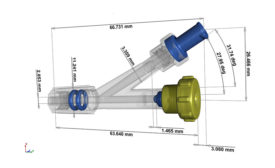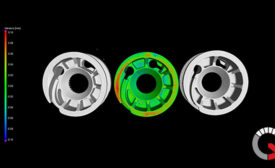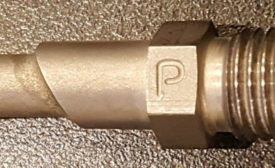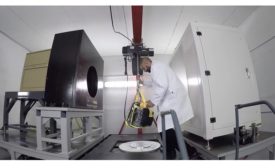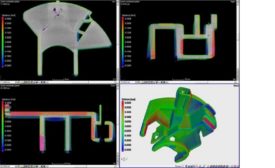Home » computed tomography
Articles Tagged with ''computed tomography''
Managers can now capitalize on the data and be more responsive to production issues as they arise.
Read More
NDT HEADLINE
Speakers Present NDT Discoveries at North Star Imaging’s 2018 Technical Symposium
May 4, 2018
Third-Party Industrial Computed Tomography (CT) and Digital X-ray Inspection Services
Are they right for your business?
April 2, 2018
Computed Tomography Analysis Techniques
Industrial computed tomography cuts deep for applications beyond just porosity analysis.
April 2, 2018
Radiography Trends Lead to High Speed CT
Today’s digital radiography is far beyond what early radiographers could have imagined.
April 2, 2018
QUALITY EXCLUSIVE
CT Scanning Steps Towards the Future
High-powered CT scanning allows for better inspection of 3D-printed parts.
October 23, 2017
Redefining Aerospace Inspection with CT
While many NDT methods are available, industrial computed tomography is redefining the limits of inspection.
October 17, 2017
INDUSTRY HEADLINE
North Star Imaging Opening New Inspection Lab On East Coast
October 9, 2017
Stay in the know with Quality’s comprehensive coverage of
the manufacturing and metrology industries.
eNewsletter | Website | eMagazine
JOIN TODAY!Copyright ©2024. All Rights Reserved BNP Media.
Design, CMS, Hosting & Web Development :: ePublishing
